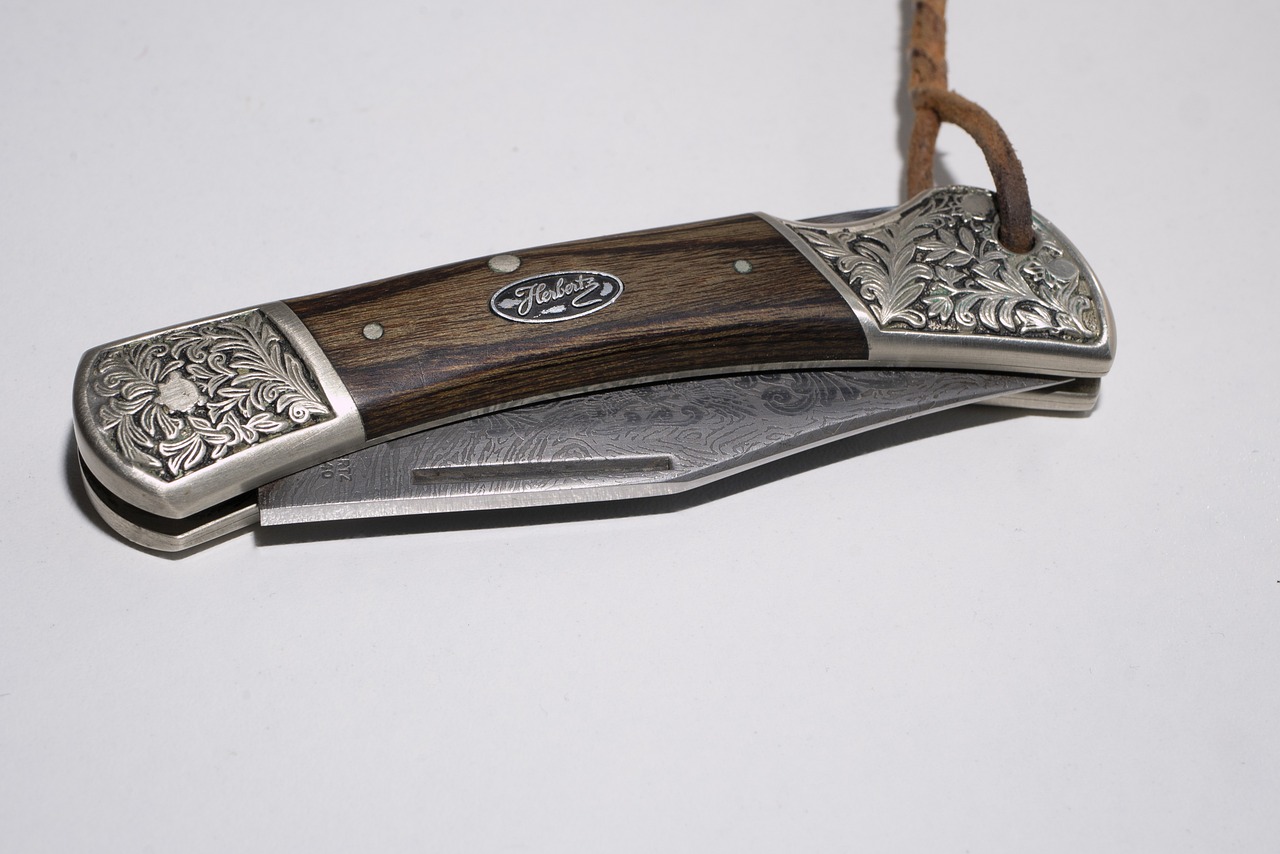Are you ready to transform your living space with a sleek and innovative solution? Pocket doors are here to revolutionize the way you think about interior design. These doors slide smoothly into the wall, saving valuable floor space and adding a touch of modern elegance to any room. In this comprehensive guide, we will walk you through the step-by-step process of installing pocket doors in your home. Get ready to open up new possibilities and create a seamless transition between rooms.

Benefits of Pocket Doors
Pocket doors offer a range of benefits that make them a popular choice for modern homes. One significant advantage is their space-saving nature, as they slide neatly into the wall, eliminating the need for clearance space required by traditional hinged doors. This feature is particularly beneficial in areas with limited space, allowing for better utilization of room layout and furniture placement.
Moreover, pocket doors contribute to a sleek and contemporary aesthetic in interior design. Their seamless integration into the wall creates a clean and uncluttered look, enhancing the overall visual appeal of the living space. By eliminating visible door swings, pocket doors provide a streamlined and modern finish that complements various decor styles.
Functionality is another key benefit of pocket doors. Their smooth sliding mechanism allows for effortless operation, making them ideal for high-traffic areas or rooms with limited mobility. Additionally, pocket doors can improve accessibility within the home, offering a convenient solution for individuals with mobility challenges or those requiring wheelchair access.

Installation Steps
When it comes to installing a pocket door, it’s essential to follow a systematic approach to ensure a successful outcome. The first step in the installation process is preparing the opening where the pocket door will slide into. This involves carefully measuring the dimensions and ensuring that the space is free of any obstructions that could hinder the door’s movement.
Once the opening is ready, the next step is framing the doorway to accommodate the pocket door hardware. Proper framing is crucial for the smooth operation of the door and to provide structural support. It’s important to follow the manufacturer’s instructions and use the correct materials for framing to prevent any issues in the future.
After framing, the next step is mounting the pocket door into the opening. This requires precision and attention to detail to ensure that the door slides smoothly and aligns correctly within the frame. Proper installation of the door is essential for its functionality and longevity.
Finally, attaching the hardware is the last step in the installation process. This includes installing the track, rollers, guides, and any other necessary components to allow the door to open and close effectively. Proper hardware installation is crucial for the overall performance of the pocket door.
Frequently Asked Questions
What are the main advantages of installing pocket doors?
Pocket doors offer several benefits, including saving space by sliding into the wall rather than swinging open like traditional doors. They also provide a modern and sleek aesthetic to your living space, enhance functionality, and improve traffic flow in rooms.
What tools are required for installing a pocket door?
Common tools needed for installing a pocket door include a stud finder, level, drill, screws, screwdriver, measuring tape, saw, shims, and a door handle installation kit. Having the right tools on hand will help ensure a smooth installation process.
Can pocket doors be installed in any type of wall?
While pocket doors can be installed in most wall types, it’s essential to consider the wall’s thickness and structure. Consult with a professional to determine if your wall can support a pocket door and to ensure proper installation without compromising the integrity of the wall.